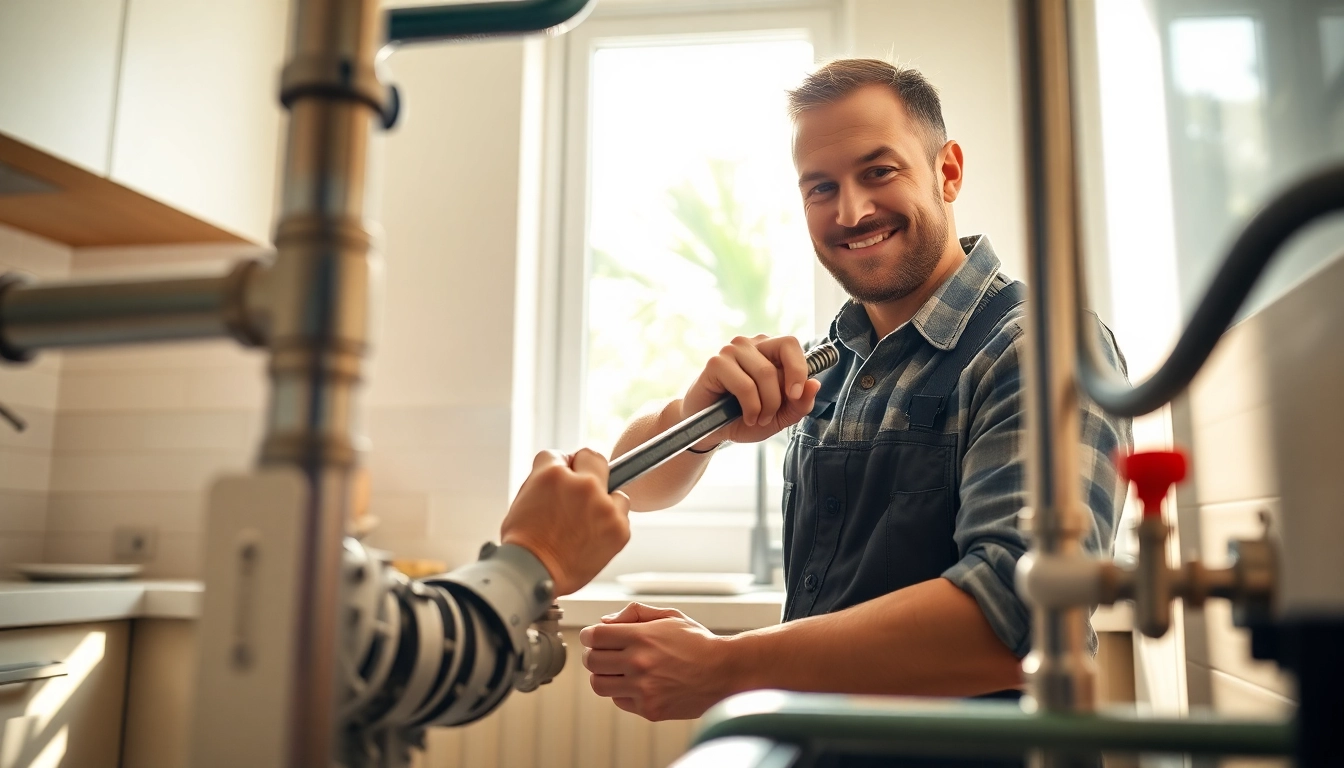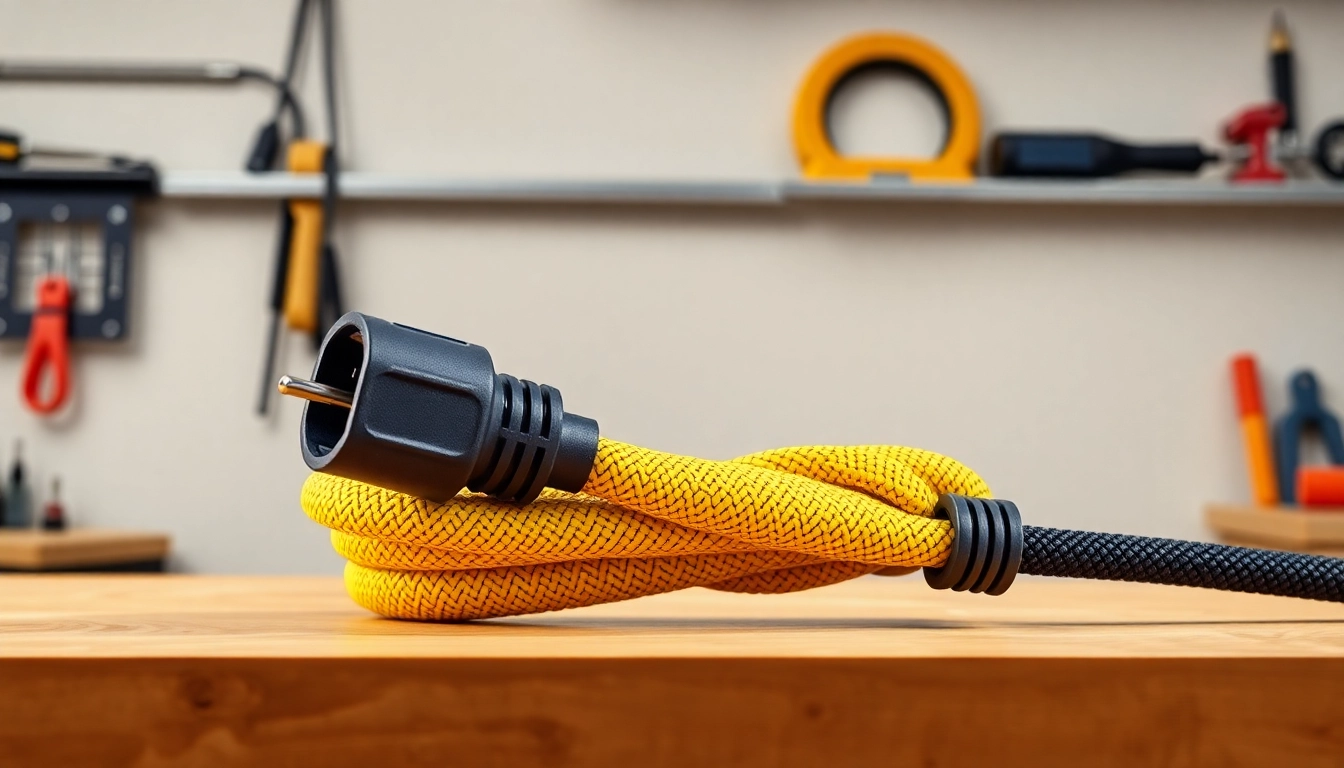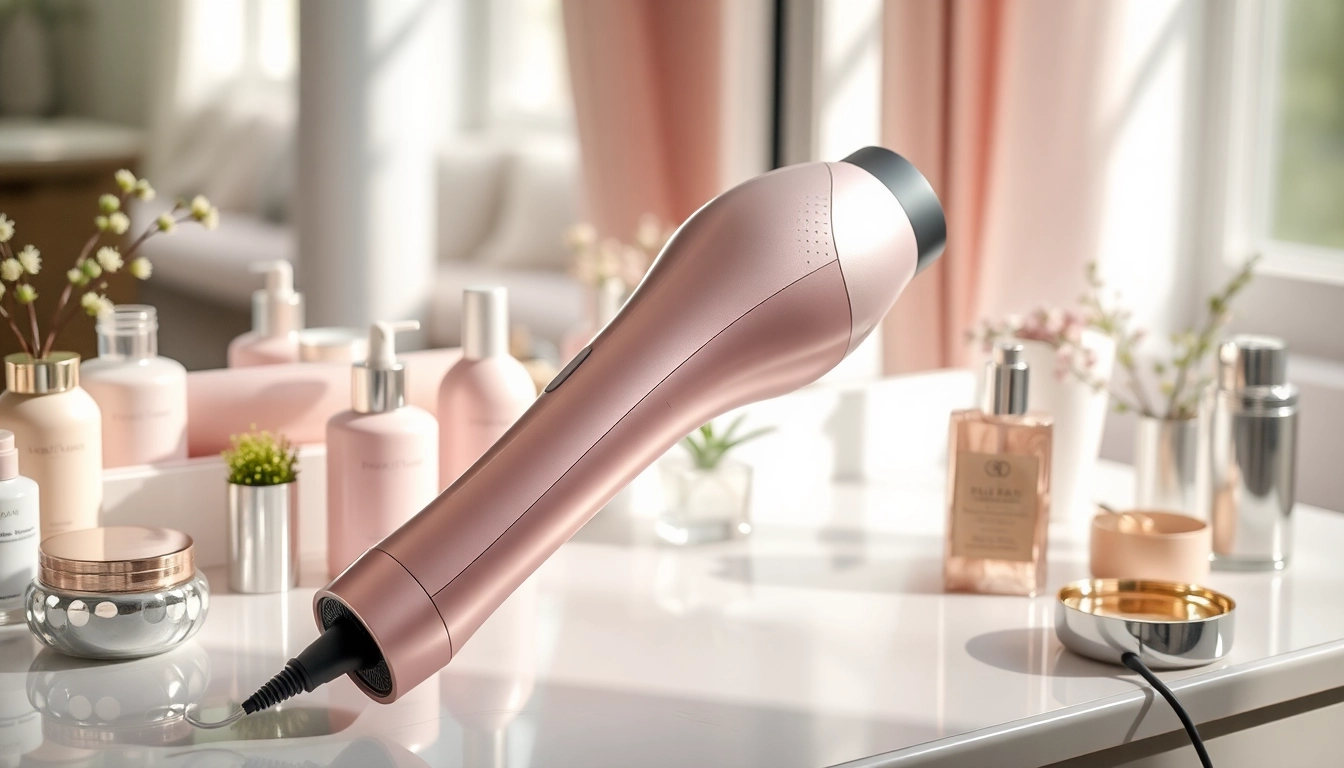Understanding Plumbing Fundamentals
What is Plumbing and Its Importance
Plumbing is a vital aspect of modern living that encompasses the systems that transport water, gas, and waste within buildings. It is essential not just for maintaining hygiene but also for facilitating the daily activities that we often take for granted, such as cooking, bathing, and washing. Without effective plumbing, our lives would be significantly disrupted, making its importance undeniable. It consists of various interconnected systems including pipes, valves, fixtures, tanks, and various appliances that all work together to manage the movement and control of fluids in our environment. The complexities of plumbing can be daunting, but understanding its fundamentals can aid homeowners in making informed decisions about installation and maintenance.
Furthermore, proper plumbing contributes to the comfort and safety of our homes and businesses. It prevents water contamination, supports sanitation, and can dramatically improve energy efficiency when designed correctly. The significance of plumbing stretches beyond mere function; it enhances the quality of life by providing a reliable resource necessary for health and welfare. Understanding the fundamentals of plumbing can empower you to manage your own systems effectively and recognize when professional assistance is warranted.
Basic Components of Plumbing Systems
The plumbing system in a structure comprises various components that work together to deliver water and remove waste efficiently. Here are the basic components commonly found:
- Pipes: Fundamental to the plumbing system, pipes come in various materials such as PVC, copper, and galvanized steel, each serving different purposes based on durability, cost, and application.
- Valves: These control the flow of water within the pipes and can stop or redirect the liquid, ensuring proper operation of various fixtures.
- Faucets and Fixtures: These include sinks, toilets, bathtubs, and showers. They are where users interact with the plumbing system to access water.
- Drainage System: This part of plumbing is crucial for removing waste. It comprises drain pipes, traps, and vent pipes, designed to dispose of wastewater safely and effectively.
- Water Heater: This appliance heats water for various uses and should be maintained regularly to ensure efficiency and safety.
Understanding these components and how they fit into the overall system can help homeowners troubleshoot issues and appreciate the importance of regular maintenance.
Common Plumbing Terminology Explained
To effectively navigate the world of plumbing, it’s important to familiarize yourself with common terminology associated with the field. Here are a few key terms:
- Backflow: The undesirable reversal of the flow of water, which can lead to contamination of the potable water supply.
- Trap: A bent section of pipe that holds water to prevent sewer gases from entering the building.
- Shutoff Valve: A valve designed to stop the flow of water to specific components, which is crucial during repairs.
- Fitting: A piece used to connect pipes together or change the direction of flow.
- Temp Control: Devices that regulate the temperature of water, especially in heating systems.
Understanding this vocabulary can enhance communication with plumbing professionals and help you identify when issues may arise.
Types of Plumbing Systems
Residential Plumbing Basics
Residential plumbing systems are designed to support the daily needs of a household. These systems generally include water supply lines, gas lines, and drainage systems, all tailored to enhance comfort and convenience. Proper water supply systems are crucial for providing potable water and consist of pipes, storage tanks, and water heaters that are crucial in residential settings.
The drainage system in residential plumbing involves a network of pipes that carry wastewater away from the home, facilitating proper waste disposal and preventing unpleasant odors or health hazards. Understanding these distinctions is significant for homeowners seeking to implement upgrades or renovations effectively.
Commercial Plumbing Essentials
In commercial buildings, plumbing must accommodate larger volumes of usage and more stringent regulations compared to residential systems. These systems typically include more extensive networks of pipes and fixtures, as they must support a higher number of occupants and a greater variety of fixtures.
Commercial plumbing also often mandates a more intricate setup of drainage systems to manage waste without compromising hygiene or safety. Moreover, water heating systems in commercial settings might demand advanced technology to ensure efficiency during peak use hours, which can differ significantly from residential requirements.
Industrial Plumbing Considerations
Industrial plumbing goes beyond both residential and commercial plumbing due to the specialized needs and operations of factories and large-scale facilities. These systems often handle hazardous materials and require advanced technology and compliance with strict regulations. Industrial plumbing also considers factors such as the pressure of fluids, temperature control, and a comprehensive drainage system that safeguards against spills and contamination.
Industrial projects often necessitate custom designs tailored to the specific processes of the facility, making understanding about various plumbing systems essential for effective facility management.
Common Plumbing Issues and Solutions
Identifying Leaks and Fixing Them
Leaks can cause extensive damage and increase water bills. Identifying leaks early is vital for maintaining plumbing systems and involves looking for signs such as water stains on walls or ceilings, dripping noises, or fluctuations in water bill amounts.
Once detected, leaks may be fixed by tightening connections, applying sealants, or replacing damaged pipes. In cases of significant damage, professional help may be required to ensure the integrity of the entire plumbing system is restored efficiently.
Dealing with Clogged Drains Effectively
Clogged drains often result from the accumulation of debris, grease, or hair, which can disrupt proper drainage and lead to unpleasant odors. Regular maintenance, including inspecting and cleaning drains, can help prevent clogs.
In addressing clogs, homeowners can utilize various methods from boiling water and drain cleaners to plumber’s snakes for deeper blockages. It’s worth noting that if these methods do not work, a professional plumber should evaluate the system to eliminate more serious pipe issues.
Maintaining Water Pressure in Plumbing Systems
Water pressure plays a crucial role in the operation of plumbing systems and impacts the effectiveness of showers, faucets, and appliances. Common reasons for low water pressure include leaks, blocked pipes, or malfunctioning fixtures.
To maintain appropriate water pressure, regular inspections and maintenance are key. In cases of persistent low pressure, homeowners should seek the expertise of a plumbing professional to diagnose and resolve the root problem.
Upgrading Your Plumbing System
Choosing the Right Fixtures and Fittings
Upgrading fixtures and fittings can enhance the efficiency and aesthetics of your plumbing system. When selecting new components, it is essential to consider both functionality and style.
Considerations might include capacity, water flow efficiency, and the materials used. High-efficiency fixtures can contribute to energy savings and reduce water usage significantly, making them a worthwhile investment.
Modern Technologies in Plumbing
As technology progresses, modern plumbing solutions are evolving to include smart devices and automation systems. These technologies streamline water management and maintenance by allowing homeowners to monitor usage and diagnose problems remotely.
For instance, smart faucets and showers can adjust water flow according to user preferences while providing usage metrics. Investing in these modern technologies can enhance convenience and lead to more energy-efficient homes.
Planning for Energy Efficiency in Plumbing
With growing concerns over energy consumption and environmental impact, energy-efficient plumbing solutions are becoming essential. This plan involves using fixtures that reduce water use without sacrificing performance, such as Low-Flow toilets or smart irrigation systems.
In addition to fixtures, proper insulation of pipes can minimize heat loss in hot water systems, contributing to energy efficiency. By focusing on efficiency, homeowners can reduce costs while supporting sustainable practices.
Plumbing Maintenance Tips for Homeowners
Regular Checks and Preventive Measures
Routine maintenance is critical for keeping plumbing systems functioning optimally. Simple tasks include inspecting visible pipes for leaks, checking water pressure regularly, and ensuring that fixtures function correctly.
Additionally, ensuring that drains are regularly cleaned can significantly reduce the risk of clogs and costly repairs later on. Investing time in maintenance is rewarding, as it enhances a system’s longevity and functionality.
Seasonal Plumbing Maintenance Checklist
Seasonal changes can impact plumbing systems. Therefore, creating a seasonal maintenance checklist can greatly enhance efficiency and minimize issues. Here are a few tips:
- Inspect and insulate your pipes before winter to prevent freezing.
- Check your sump pump ahead of the rainy season to ensure functionality.
- Regularly clean gutters and downspouts to prevent water flow issues.
Understanding these seasonal shifts can empower homeowners to act before facing more significant problems.
When to Call a Professional Plumber
While many plumbing issues can be managed solos, knowing when to call in a professional is crucial. If you encounter persistent leaks, low water pressure, or complex drainage issues, it’s advisable to consult a professional to prevent further damage.
Additionally, hiring a licensed plumber for major renovations or installations ensures compliance with building codes and efficiency of new systems. This can ultimately save time and stress in the long run.



